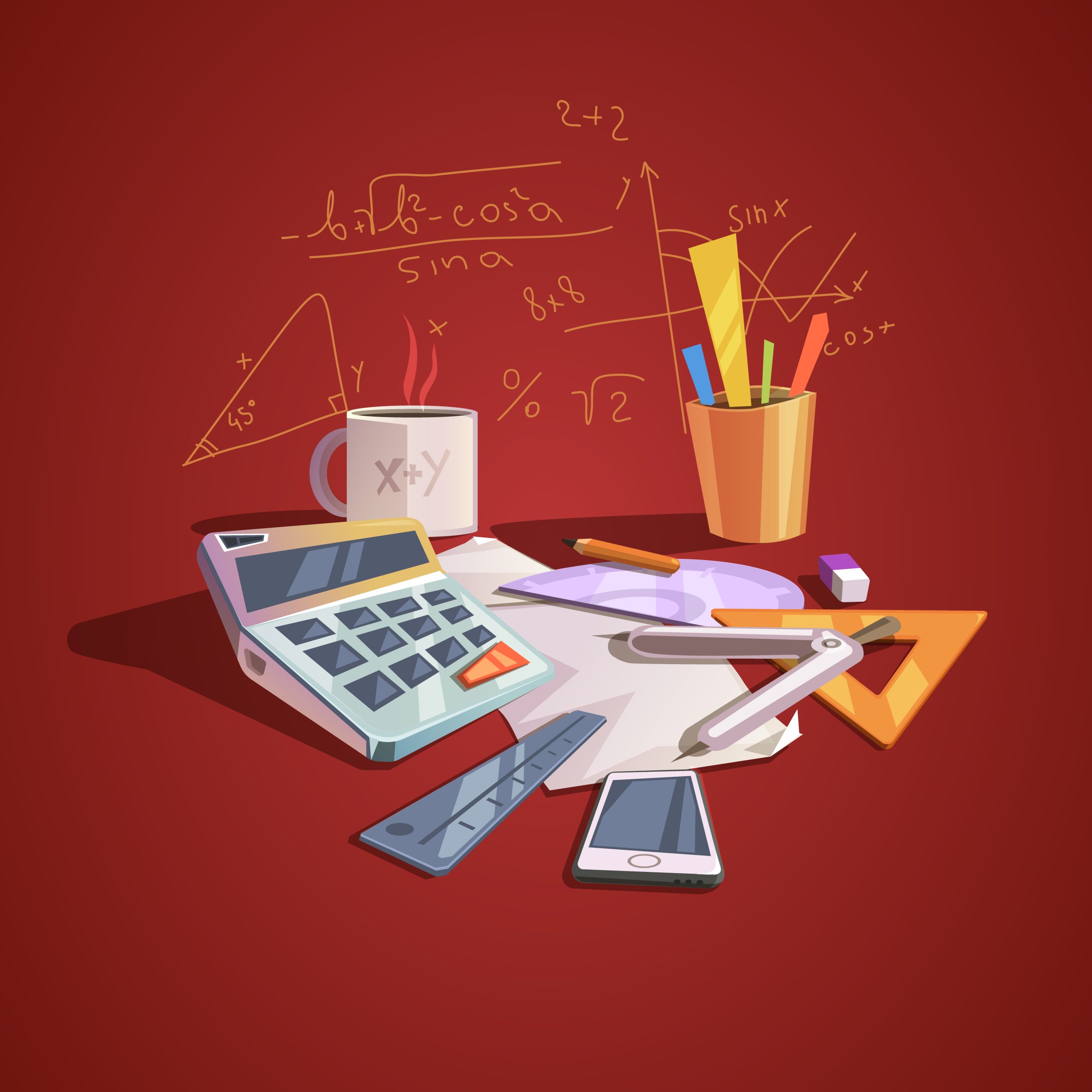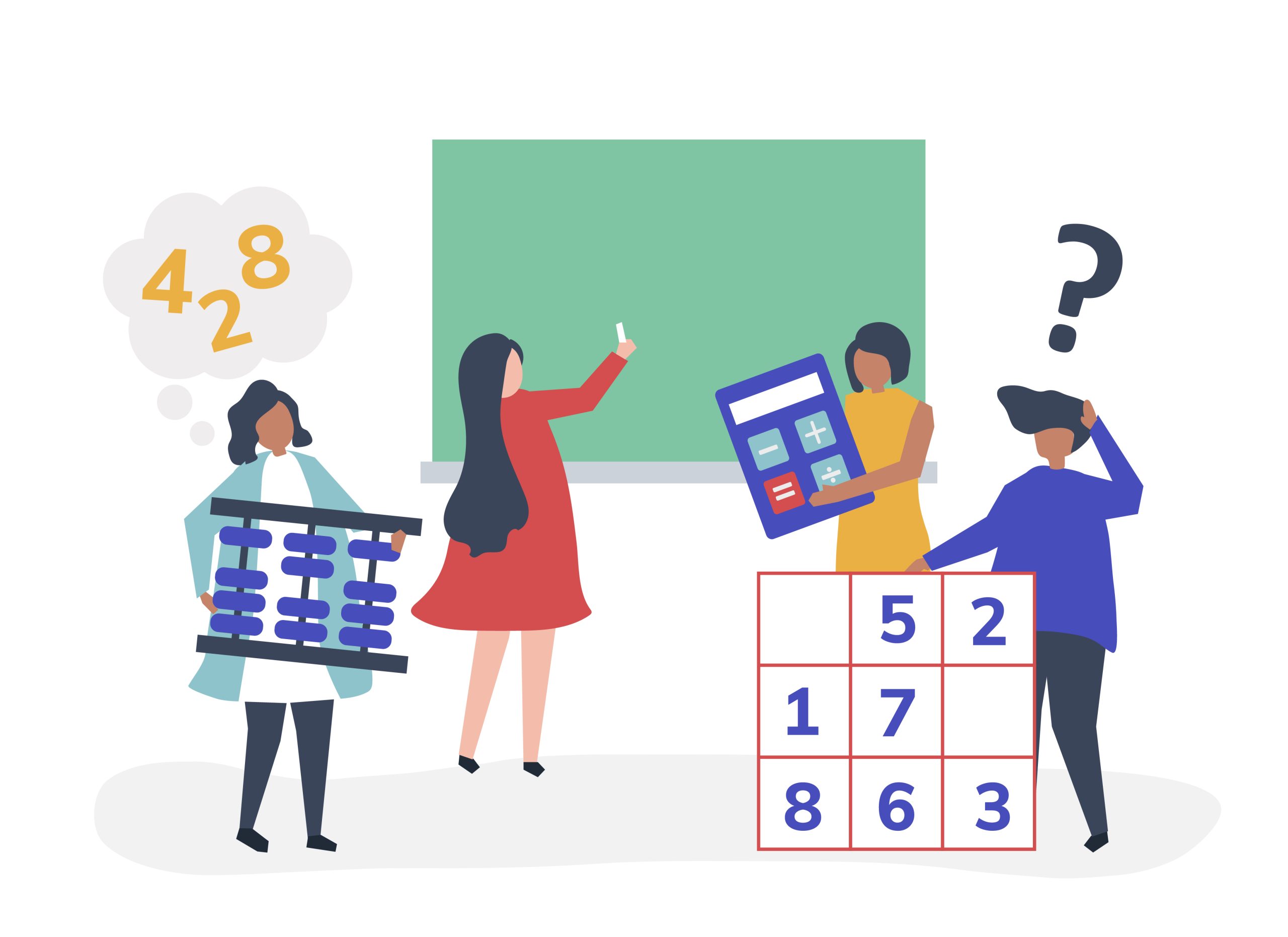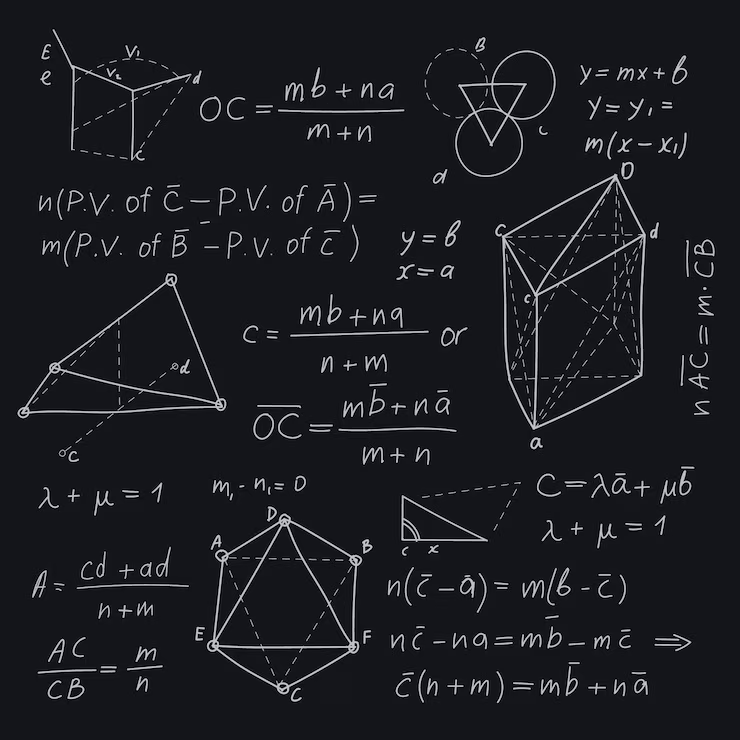
Understanding Algebra: A Comprehensive Guide
What is Algebra?
Algebra is a branch of mathematics that uses symbols, letters, and numbers to represent and solve equations and expressions.
It is a foundational tool in mathematics and applies to various areas like science, engineering, economics, and even everyday problem-solving.
The Basics of Algebra
Algebra introduces the concept of variables, typically represented by letters (like x, y, or z), which stand for unknown values.
These variables are used in equations and expressions that can be manipulated according to specific rules to find their values.
Key Concepts in Algebra
Variables and Constants:
A variable is a symbol that represents an unknown number.
A constant is a specific number that does not change.
Expressions
An algebraic expression is a combination of numbers, variables, and arithmetic operations like addition, subtraction, multiplication, and division.
For example: 3x + 5 is an expression.
Equations
An equation states that two expressions are equal.
For example: 2x + 3 = 11 is an equation.
The goal is to find the value of the variable (x) that makes the equation true.
Inequalities
Inequalities are like equations but instead of an equals sign, they use signs like >, <, ≥, or ≤ to show that one side is larger or smaller than the other.
Types of Algebra
Elementary Algebra
Elementary Algebra
This is the foundation of algebra, covering basic operations with variables, solving linear equations, and working with simple polynomials.
Abstract Algebra
A more advanced area of algebra that studies algebraic structures such as groups, rings, and fields.
This is usually explored in higher-level mathematics.
Linear Algebra
Focuses on vector spaces and linear equations.
It is crucial in fields like computer science, physics, and engineering.
Solving Algebraic Equations
Here is a step-by-step guide on solving a basic algebraic equation:
Example Problem: Solve for x: 2x + 5 = 13
Steps:
Isolate the variable:
Subtract 5 from both sides: 2x = 13 – 5
Simplify:
2x = 8
Solve for x:
Divide both sides by 2: x = 4
The solution is x = 4.
Real-Life Applications of Algebra
Algebra is not just confined to textbooks; it has practical applications in real life:
Finance: Calculating interest rates, budgeting, and understanding loans involve algebra.
Engineering: Designing systems, structures, and processes require algebraic equations.
Data Analysis: Understanding trends and making predictions often involve algebraic models.
Daily Problem-Solving: Whether figuring out how much paint is needed for a room or determining the time needed to travel a certain distance, algebra helps simplify and solve these problems.
Tips for Learning Algebra
Practice Regularly: The more you practice, the more familiar you’ll become with algebraic methods.
Understand the Concepts: Don’t just memorize formulas—try to understand the reasoning behind each step.
Work on Word Problems: These help connect algebra to real-world situations and improve problem-solving skills.
Ask for Help: If a concept is unclear, don’t hesitate to ask for assistance or seek additional resources.
Conclusion
Algebra is a powerful tool that builds a foundation for advanced mathematics and critical thinking.
Whether you’re solving basic equations or diving into complex theories, algebra teaches logic, precision, and problem-solving skills that extend beyond the classroom.
With practice and persistence, anyone can master algebra and apply it in a wide range of situations.


